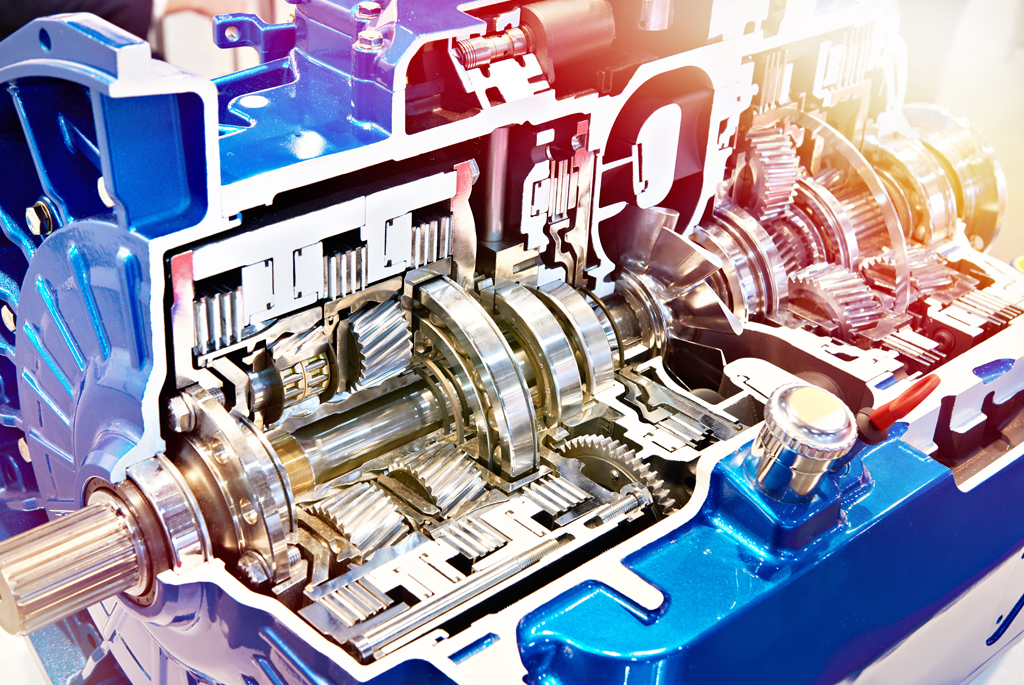
There’s no substitute for an informed consumer. Whether you work on your own car or use a professional mechanic, it’s important to understand the basic terminology of your car’s transmission. By familiarizing yourself with your vehicle’s transmission and its key components, you’re more likely to get the right part and the proper service at the best price.
To get you started, here is a list of commonly used transmission service terms.
Adaptive learning transmission. A modern automatic transmission type that adapts to driving conditions to boost efficiency and compensate for wear.
Aftermarket parts. Auto parts made by a company other than the original manufacturer. Aftermarket parts offer consumers compatible transmission parts at prices lower than manufacturer replacements.
Air test. When a transmission is built (or rebuilt), it’s necessary to test the hydraulics, including seals and clutch packs. An air test helps spot any leaks or other problems before your transmission goes out on the road.
Automatic drive. Common term for automatic drive transmissions (or A/Ts).
Automatic transmission fluid (ATF). Automatic transmissions contain an oil-based fluid that reduces friction, transfers energy between moving parts, and cools the transmission as it works. Maintaining proper fluid levels helps ensure that your transmission operates at peak efficiency.
Auto transmission system. This term refers to the system that transfers energy from your car’s engine to its wheels. Transmission types include manual (clutch), automatic (no clutch), and the newer continuously variable transmissions (CVT).
Clutch. Part of a manual transmission (most often a pedal) that allows the driver to temporarily disengage the machinery governing the gears to permit shifting.
CVT. Continuously variable transmission—an emerging type of gearless transmission that allows for seamless up- and down-shifting.
Drive line (or drive system). The machinery that transfers power from your vehicle’s engine to its wheels, which includes the transmission and ancillary parts.
Electronically controlled transmission. Transmission system governed by your vehicle’s onboard computer (also called a computerized transmission).
Fluid drive. A fluid coupling used to transfer power within the transmission.
Gears. Interlocking toothed discs that transfer rotational motion to linear motion. Gears can become gritty or experience wear, which can reduce the efficiency of your vehicle’s transmission.
Gearbox (or gear case). Housing that protects your vehicle’s gears.
Hydraulic transmission. A transmission that uses pressurized fluid to work.
Manual transmission. A transmission where the driver manually selects the gear ratio. Manual transmissions typically employ a clutch system to facilitate shifting.
OEM. Transmissions made by the original equipment manufacturer are referred to as OEM. These parts, while certified by the manufacturer, tend to be more expensive than aftermarket parts (see above).
Standard transmission. Alternate term for manual transmissions (see above).
Stick shift. A manual transmission controlled by a shift lever, or the shift lever itself. Stick shifts may be located either on the floor between the driver and passenger or on the steering column.
Torque. A twisting force, like turning a doorknob. In transmissions, it’s the amount of twisting force that can be generated by your car’s engine.
Torque converter. An engine part that uses fluid to move engine power to your vehicle’s wheels.
We hope these terms help you make more informed choices. At Main Line Transmission, we care about your car’s transmission. Our skilled technicians will ensure that your vehicle gets professional treatment, and that you never pay more than necessary. Need a transmission check before summer travel season? Come in and see us!

 : 610-647-8484
: 610-647-8484 : 610-647-8405
: 610-647-8405